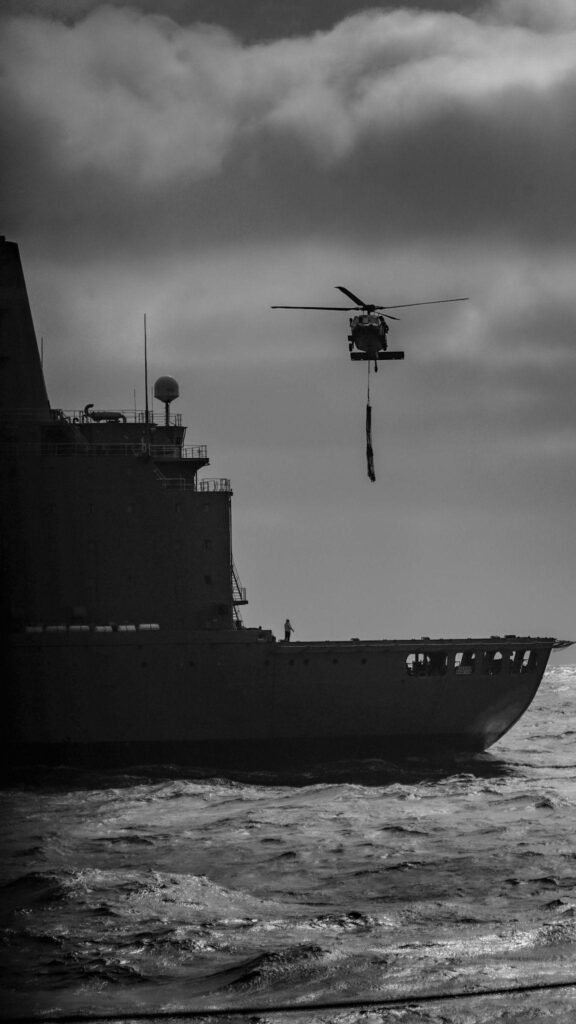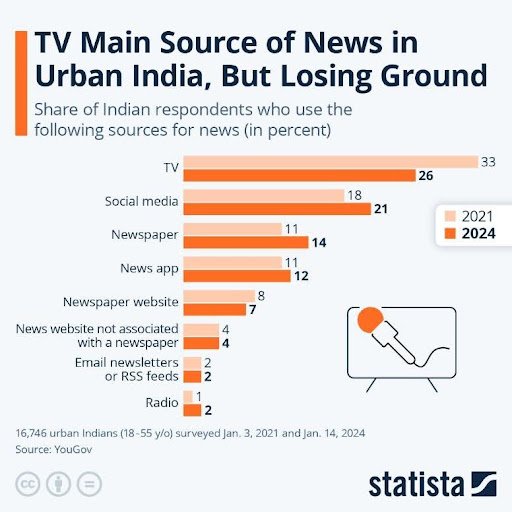
“Give me half a tanker of iron, and I’ll give you an ice age” – John Martin
John Martin was the first to discover the use of iron as a phytoplankton micronutrient, which could be used to reduce CO2 (resulting from the burning of fossil fuels) in the atmosphere.
The ocean plays a large role in the regulation of atmospheric CO2 due to it being one of the largest reservoirs of carbon. Marine algae, during photosynthesis, create a deficit of CO2 in the ocean’s waters, which leads to the dissolution of atmospheric CO2. This is known as carbon sequestration.
This process was responsible for the regulation of atmospheric CO2 for many years after the Industrial Revolution.

Ocean fertilisation is a form of geoengineering. Nutrients such as iron are added to the upper layers of the ocean where there is sufficient sunlight to encourage phytoplankton activity, which acts as a sink for the CO2 in the atmosphere.
Essentially, the phytoplankton, after blooming, will die and sink to the bottom of the ocean, taking with it the CO2 that had been synthesised into new tissue. Scientists consider using this method to reduce the overall impact of greenhouse gases in the atmosphere and possibly reverse climate change.
The process of ocean fertilisation
The world has been trying to reverse climate change since we understood what it means for the future of mankind. However, Ocean Fertilization feels like a copout on the part of humanity.
As is characteristic of our species, if we can do something, we don’t pause to think whether we should.
The marine ecosystem is one of the most fragile ecosystems. Even a 0.5° change in temperature can alter species distribution, trigger harmful algal blooms, disrupt ocean circulation, and influence rainfall patterns. Thus, any activity taking place in the ocean needs to be carefully studied and tested.

Depending on the starting conditions of the ocean waters, the impact of the iron fertilisation can go two ways. On one hand (the hand we are banking on), there will be an overall increase in food supply and an improvement in the marine ecosystem in general, even reversing the effects of overfishing. However, the specifics of what happens to creatures such as krill, salps, jellyfish, etc., are not determined. While iron fertilization may allow the development of phytoplankton, there is an equal chance that harmful algal growth may take place as well, which could have an impact on fish, birds, and even marine mammals.

Impact of the tests
A few tests have shown that certain plankton species have bloomed that are similar to organisms associated with harmful algae.
As discussed earlier, when the bloom runs its course, it sinks deeper. The decomposition of the algae results in depletion of oxygen, which is harmful to other marine creatures, and its impact on the food chain is not yet determined. The decomposition may also cause the formation of nitrous oxide and methane, which are potent greenhouse gases.
Further, other nutrients may be absorbed by the growth of the phytoplankton, whose effects may be carried by ocean currents thousands of kilometres away.
Some phytoplankton release dimethylsulfide into the air. Water may condense around these particles, resulting in what are essentially clouds that may block out incoming sunlight from the ocean.

Consequences of ocean fertilisation
There is evidence to suggest that plankton can affect the ocean’s physical properties by absorbing light and heat from the sun. In shallow waters, the excess growth of the algae may even cloud the ocean’s surface, making it harder for other plants to get access to sunlight for photosynthesis. It would also reduce the surface area of the ocean coming in contact with the air and reduce air-sea exchange of carbon dioxide.
It could also heat up the ocean waters and result in more global warming.
After the initial tests and experiments, the impacts have appeared to be minimal. But there is no telling what might happen if ocean fertilisation is carried out on a large scale. Scientists are also concerned that the effects may take years to appear, which may show the process to be artificially successful in the beginning, but may not be a practical choice in the long run.
There have also been studies conducted that show the impact of the phytoplankton is not that significant, especially in small batches.

Conclusion
Ocean fertilization is not reliable, and so far, the benefits have also been labelled as potential benefits. It is not considered reliable or effective as yet, and the risks appear to outweigh the benefits. Some of the risks, like the production of more greenhouse gases due to the decomposition of the algae bloom, may even nullify the whole purpose of the process.
Further research will be needed to draw more stable conclusions, but for now, it is safer to be sceptical and pessimistic about the success of Ocean Fertilisation.
Written by – Shamonnita Banerjee
Edited by – Aaditi Dassani
The post The Drawbacks of Ocean Fertilisation appeared first on The Economic Transcript.


